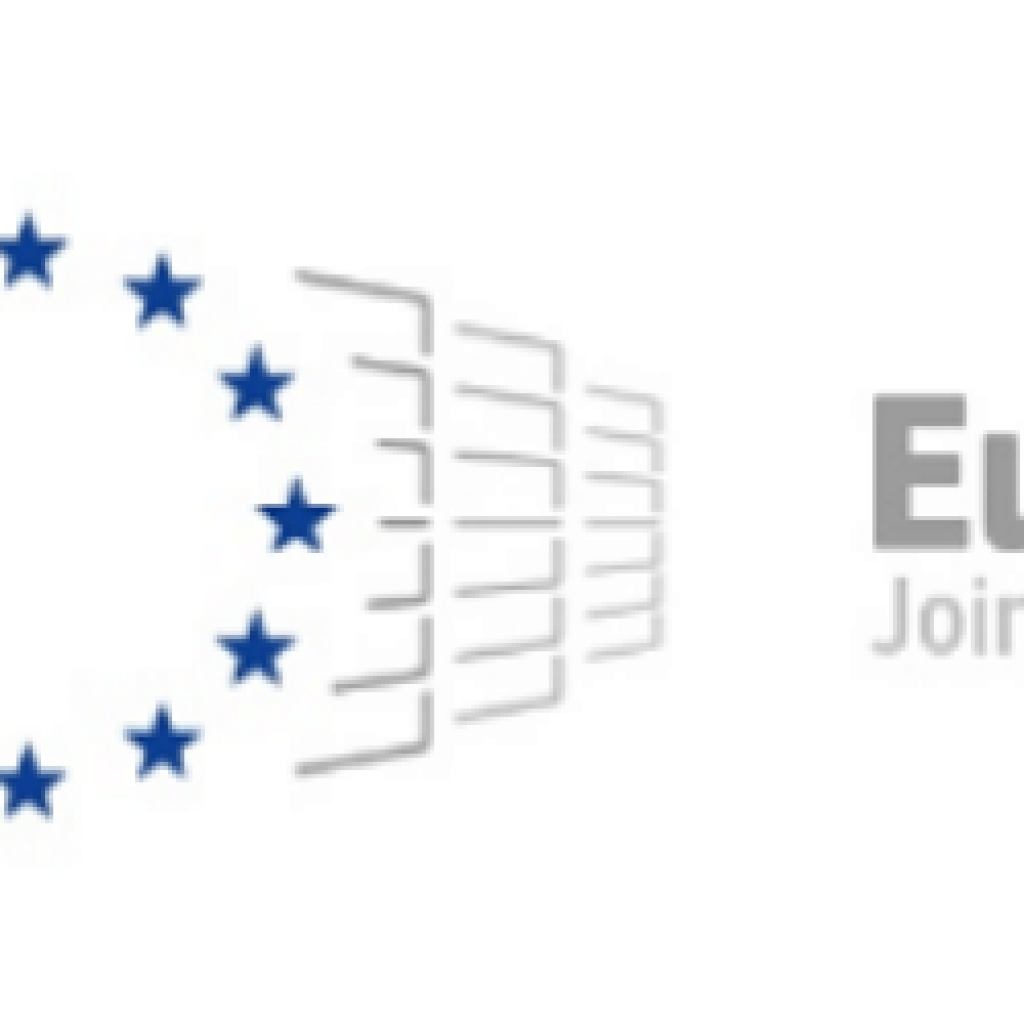(HPC.Wire) The increasingly defined European digital strategy has, therefore, translated to a bold vision of EuroHPC’s future in the coming seven years. Powered by an expected budget of around €7 billion (combined public and private investment), the JU’s new mission includes “all the elements that were already present in the previous mission,” Añover said, alongside a series of new elements: most notably, quantum computing.
“Europe aims to have its first quantum-accelerated computer at the end of the decade,” Añover said. “The intention is to create a European hybrid classical and quantum infrastructure. … At the later stage, we hope that the maturity of the technology will allow the deployment of prototype quantum computers with error correction and robust qubits.”
Not all of this will fall under EuroHPC, Añover hedged. Research and innovation activities will fall under the Horizon Europe program that birthed EuroHPC, while efforts to acquire and operate the quantum technologies will, in turn, be EuroHPC’s domain. A pilot project, Añover said, is working toward deploying European quantum simulation infrastructure “of around 100 plus interactive quantum units” and making that infrastructure non-commercially cloud-accessible.
These efforts, of course, complement EuroHPC’s primary and ongoing objective to deliver powerful, homegrown supercomputers. According to Añover’s “very rough approximation” of the JU’s plans for the next seven years, EuroHPC plans to deliver additional pre-exascale systems and two full exascale systems between 2021 and 2024, with France and Germany each intending to host one of the exascale systems. From 2025 to 2027, the JU plans to generally deliver exascale and post-exascale systems.
EuroHPC Targets a Bigger, Quantum Future
